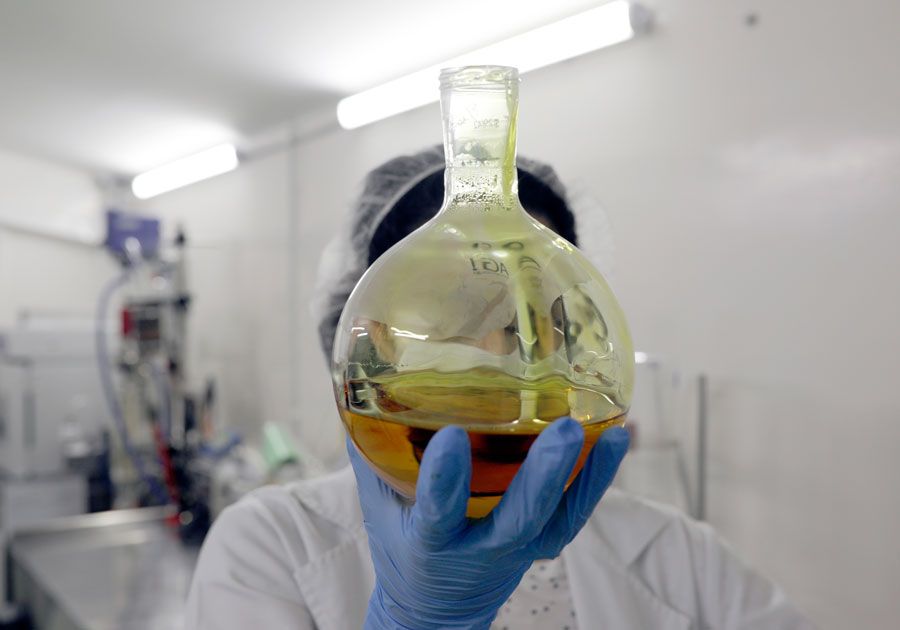We’re learning a lot about the ways THC and CBD interact with the endocannabinoid system (ECS) to stimulate appetite and help treat pain, anxiety, and epileptic seizures.
But cannabis contains a vast array of minor cannabinoids as well.
What is their therapeutic potential and how do they work in the body?
These are questions that a study from Robert Laprairie’s lab at the University of Saskatchewan sought to answer.
They found that THC, CBD, and six minor cannabinoids – tetrahydrocannabinolic acid (THCA), tetrahydrocannabivarin (THCV), cannabidiolic acid (CBDA), cannabidivarin (CBDV), cannabigerol (CBG), and cannabichromene (CBC) – interacted with cannabinoid receptors and many had positive effects in mice.
THC is known to exert its impact in part through activation of the most well-researched cannabinoid receptors, CB1 and CB2.
The pharmacology of CBD is not as well understood but is likely to work by interacting with other components of the ECS, including other receptors.
All eight cannabinoids tested had some level of binding to CB1 but, other than for THC, this binding was weak. Most of the cannabinoids also bound to CB2, including THC, THCV, and CBDA. As expected, CBD bound poorly to this receptor.
In mice, they found that THC, THCA, and THCV – but not CBD – reduced pain, while THC, CBD, THCA, THCV and CBG all had a positive impact on anxiety.
The authors concluded THCA and THCV, which bound both CB1 and CB2, might be able to reduce pain, inflammation, and anxiety when either is used in the absence of other cannabinoids.
This finding is significant since there is a growing interest in the clinical applications of single-cannabinoid preparations.
Given the plethora of companies that have reported the synthetic production of individual cannabinoids using cell culture techniques, pharmacological studies like this one will play a key role in assessing how each cannabinoid behaves in the body.





